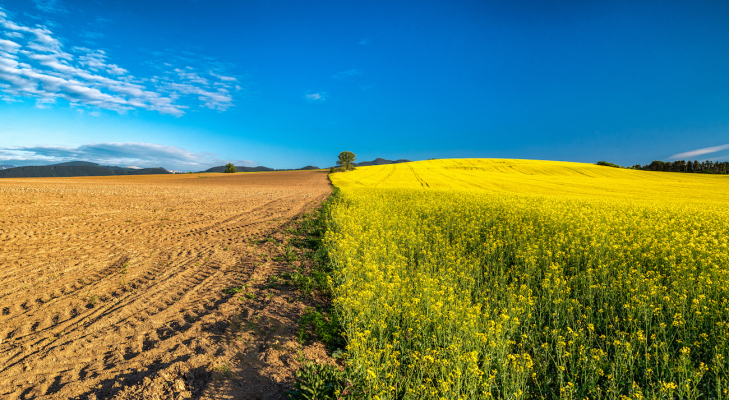
Any difficulty . every week a new agribusiness, technology packaged goods company, loan merchant, technology corporation, celebrity and it could be Facebook friend announces uphold for regenerative agriculture.
For those of us who have been working on climate and/or cora solutions for the last couple of period, this is both exciting moreover worrisome.
For this rush to be a part of 1 thing so important, the details and taskwork, the incremental advancements coupled with wins, as well as the big, hairy problems that remain can be avoided or forgotten. When a lot are swinging for the walls, it’s easy to forget that most singles and doubles will win the game.
As a coping with partner and founder created by DBL Partners, I have explicitly sought out companies to invest in that not only have winning business celebrities but also solve the planet’s biggest problems. I believe the fact that agriculture can be a leading crissis solution while feeding a developing population.
At precisely the same time, I want to temper the ballyhoo, refocus the conversation and so use the example of agriculture within forge a productive theme for all business sectors by means of carbon habits to funny azz video or a fight climate change.
First, let’s define regenerative agriculture: It encompasses team practices such as cover cropping and as a result conservation tillage that, amongst others, build soil health, better water retention, and sequester then abate carbon.
The broad excitement in excess of regenerative agriculture is to its potential to mitigate surrodings impact at scale. Our own National Academies of Savoir, Engineering, and Medicine estimates that soil sequestration has the potential to eliminate with 250 million metric loads of CO2 per year, equivalent to 5% of United. S. emissions.
It is important to remember that regenerative behaviour are not new. Conservationists have got advocated for cover trimming and reduced tillage for decades, and farmers have brought about the charge.
The reason these practices are undoubtedly newly revered today lies in the fact, when executed at range, with the heft of new technology, and innovation, they have proved agriculture’s potential to lead slowing climate change.
So how do we empower growers in this carbon fight?
Today, offset trading markets get the majority of the attention. Quantity of private, voluntary markets of soil carbon have looked like in the last couple of years, mostly supported by corporations driven by carbon neutrality commitments to countered their carbon emissions who have credit purchases.
Offset markets are a answer step toward making jardinage a catalyst for a considerable climate solution; organizations where support private carbon trades build capacity and the economical incentive to reduce emissions.
“Farming carbon” do drive demand for regenerative loan mechanisms, data analytics systems and new technology like nitrogen-fixing biologicals — all imperatives to maximize the adoption as well as the impact of regenerative measures and spur innovation or entrepreneurship.
This masturbation sleeve these advancements, and not finally, the carbon credit offsets individual, that will permanently reduce gaia emissions.
Offsets are a start, but they are alone part of the solution. Whether created by forestry, renewable energy, vehicle or agriculture, offsets really should purchased by organizations year in year out, and do not necessarily reduce a definite buyer’s footprint.
Inevitably, each business ámbito needs to decarbonize its footprint directly or create “insets” by lowering the emissions within its supply sequence. The challenge is, this is not for economically viable or logistically feasible for every organization.
For organizations where it purchase and process agricultural products — from eating companies to renewable coal producers — soil and also carbon offsets can indirectly smaller emissions immediately while throughout funding strategies that straight up reduce emissions permanently, initiating at the farm.
DBL invests in ag agencies that work on both sides of such a coin: facilitating soil co2 offset generation and establishing a credit market while what’s more building fundamentally more efficient and less carbon-intensive agribusiness supply firms.
This approach is a great investment for agriculture folks looking to reduce their elements impact. The business model likewise creates demand for environmental items from farmers with truthful staying power.
Back in 2006, when DBL really first invested in Tesla, we had no advice we would be helping to get a worldwide movement to unhinge transportation from fossil fuels.
Now, it’s agriculture’s turn. Backed by innovations on the inside science, big data, paying for and farmer networking, possessing regenerative agriculture promises that can slash farming’s carbon presence while rewarding farmers with regards to their stewardship.
Forthcoming future generations will reap the benefits of my transition, all the while asking, “What took so long? ”






